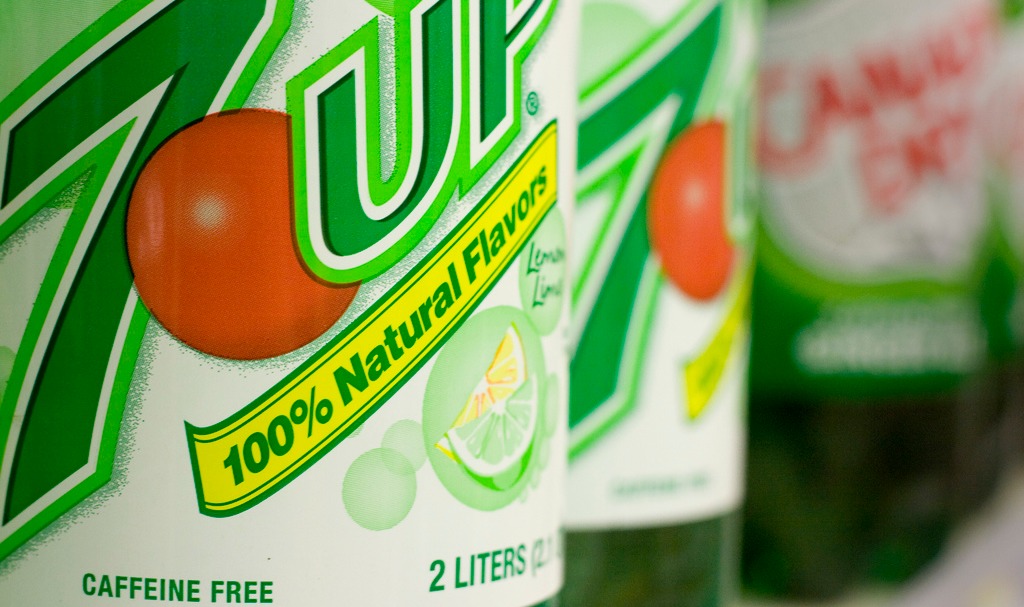Send your question to Umbra!
Q. I’ve been trying to eliminate preservatives and other food additives from my diet. Upon becoming more label aware, I’ve been shocked to discover how many foods contain “natural flavor.” Even butter contains it! I’m suspicious of how natural this flavor actually is! Do you have the scoop on natural flavor additives?
Yours truly,
Lindsay F.
Seattle, WA
A. Dearest Lindsay,
Your question reminds me of one of my favorite old love songs, the one that goes “A kiss is still a kiss, a sigh is just a sigh, and butter is just cream that’s been whipped until the fat separates from the whey.” Those were simpler times. The “natural flavor” that comes packaged with today’s butters (and many other processed foods) may sound innocuous, but you’re right to wonder about the stuff.
The FDA’s thorough definition of natural flavor essentially boils down to this: It’s a substance derived directly from a plant or animal or from the roasting, heating, or fermentation of said animal or plant. The source can be pretty much anything: fruits, veggies, herbs, spices, leaves, roots, bark, meat, eggs, and dairy products among them. Sounds OK so far, doesn’t it?
But here’s the tricky thing: Natural flavor is a catchall term for any number of (naturally derived) chemicals concocted to enhance the taste of your snack. They’re dreamed up, extracted, and blended by flavorists in labs to preserve what your food would have tasted like before it was processed, frozen, heated, pasteurized, or otherwise addled on the way to your grocery store. Even stranger, that chemical cocktail doesn’t necessarily have anything to do with the food in hand. The raspberry essence in your smoothie may come from orris root; that vanilla-flavored item may get its signature spice from — I kid you not — the anal glands of a beaver.
Chemically speaking, there’s not much difference between a natural flavor and an artificial one. In many cases, flavorists start by figuring out what compounds in food are responsible for a given taste. They may then isolate that compound directly from, say, a citrus peel for adding into the finished product — or they may create the compound in the lab. Either way, it’s the same stuff. (Then why bother synthesizing it? Mostly because it’s a lot cheaper to do it that way. Check out this WNYC radio interview for more.)
What might disturb you, Lindsay, is that there’s no official way to find out exactly which natural chemicals went into your stick of butter. The FDA doesn’t require that manufacturers reveal their secret formulas, so your only recourse is contacting the company directly (they don’t have to tell you, but some might). It may ease your mind to know that, like all food additives, natural flavors must come from the FDA’s “Generally Regarded as Safe” list. (How much faith you put in that list is a whole ‘nother can of worms, but flavoring chemicals specifically haven’t been linked to widespread health issues.)
If all of this freaks you out, the simplest defense is to keep on reading those labels and avoiding the ones with additives, including our friend natural flavor. Opt for whole, unprocessed, organic foods, and make more of your own snacks from scratch. As the FDA itself puts it: “Some additives could be eliminated if we were willing to grow our own food, harvest and grind it, [and] spend many hours cooking and canning.”
They sure make it sound fun, don’t they? Still, you may not have the time or inclination to make your own butter (though you could). So don’t worry too much if natural flavor creeps into your diet here and there. If you’re eating by the guidelines above, you’re probably doing just fine.
Enzymatically,
Umbra



